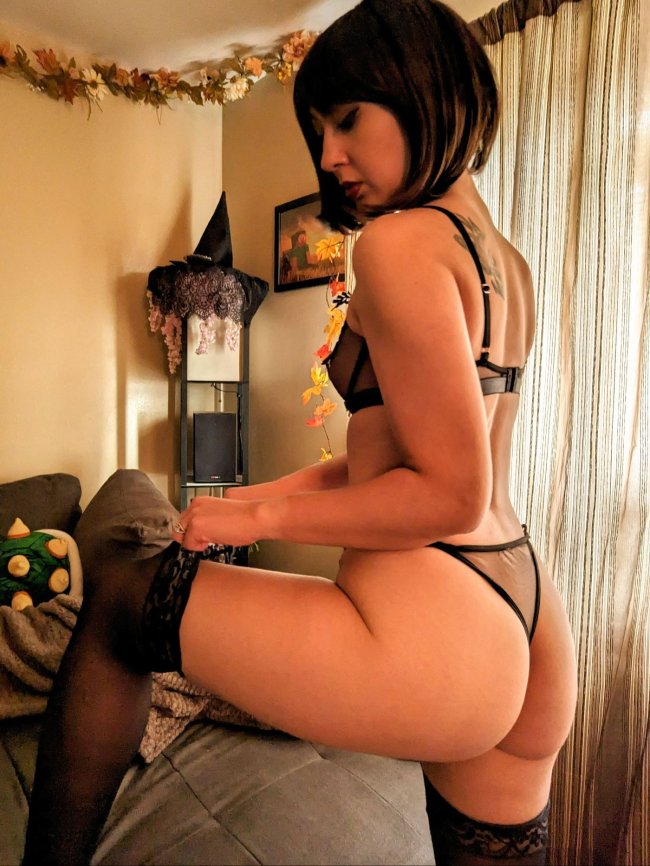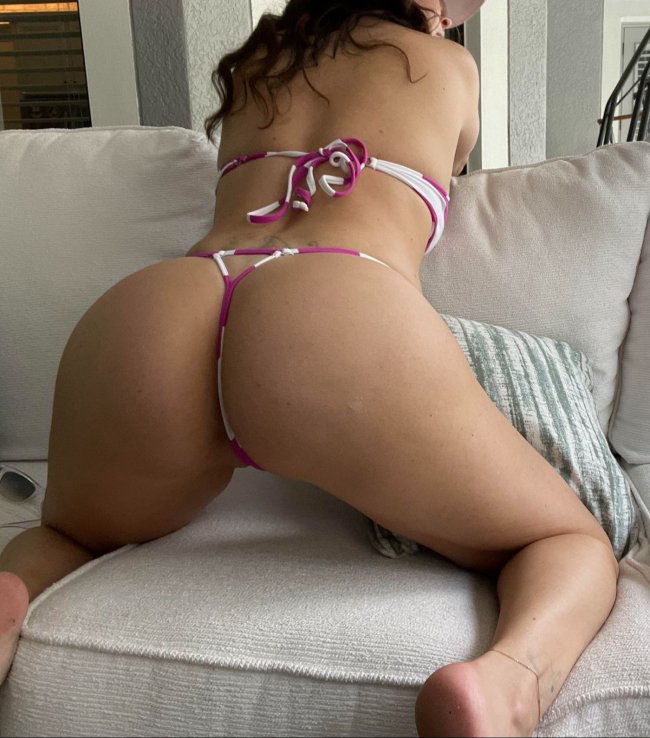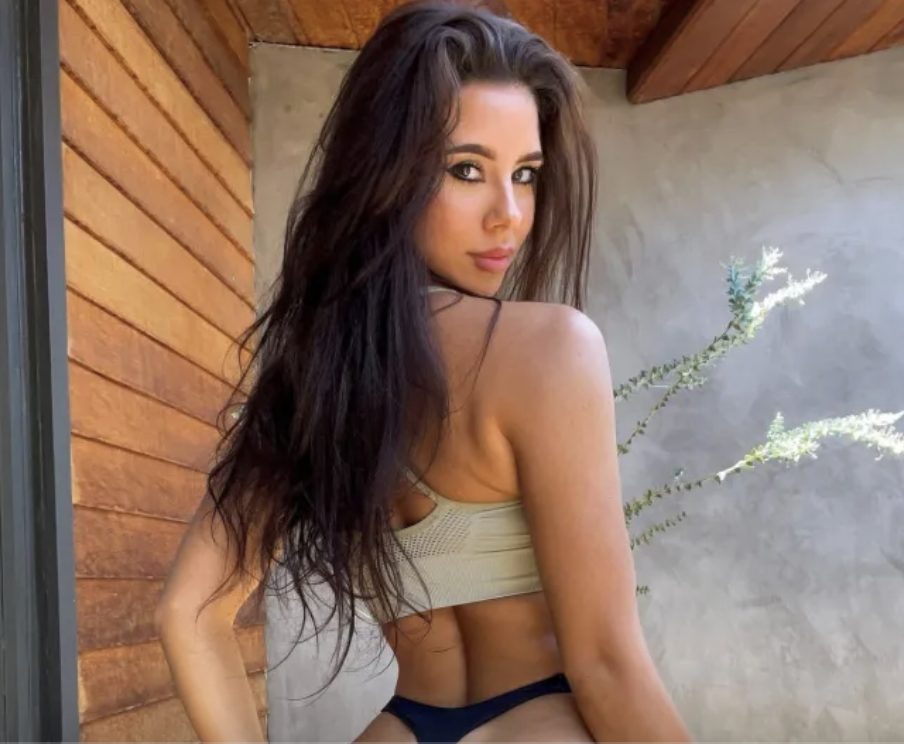The 21st century has witnessed a remarkable evolution in women’s fashion, characterized by a fusion of tradition, innovation, and an unapologetic celebration of individuality. Modern women’s fashion is a dynamic canvas where style boundaries are continually pushed, and self-expression takes center stage.









One of the most significant transformations in 21st-century women’s fashion is the celebration of diversity. The industry has moved beyond narrow beauty standards, embracing women of all shapes, sizes, ethnicities, and backgrounds. Fashion brands and designers increasingly prioritize inclusivity, reflecting the diverse tapestry of women’s identities and styles.








Comfort has become a cornerstone of modern women’s fashion. The 21st century has witnessed a paradigm shift, with women prioritizing comfort without compromising on style. Athleisure wear, cozy knits, and versatile loungewear have become staples, allowing women to move seamlessly between roles and activities while maintaining a sense of style and empowerment.










Environmental consciousness has influenced the fashion landscape, leading to a surge in sustainable and eco-friendly practices. Modern women’s fashion is increasingly characterized by an awareness of the environmental impact of clothing production. From ethically sourced materials to eco-conscious brands, sustainability has become a defining factor in shaping fashion choices in the 21st century.









In the 21st century, women’s fashion has become a powerful medium for self-expression. Personal style is celebrated, and women are encouraged to embrace their individuality. Whether it’s through bold prints, eclectic accessories, or unconventional pairings, modern fashion empowers women to curate a wardrobe that reflects their unique personalities and preferences.







The blurring of gender lines in fashion is a distinctive feature of the 21st century. Women today embrace androgynous styles, experimenting with traditionally masculine silhouettes, tailored suits, and oversized garments. The rise of gender-fluid fashion reflects a broader cultural shift towards breaking free from restrictive norms and embracing a spectrum of styles that transcend gender boundaries.








The integration of technology into fashion is a defining characteristic of the 21st century. Smart textiles, wearable tech, and innovative fabrics have become part of the modern woman’s wardrobe. From garments that monitor health metrics to accessories that sync with smartphones, technology is seamlessly blending with fashion to enhance both style and functionality.








The traditional definition of formalwear has evolved to accommodate a spectrum of styles. Modern women are redefining formal fashion, incorporating elements of casual chic, gender-fluid aesthetics, and individual expression into their formal ensembles. The 21st-century woman confidently navigates professional and social spaces with a wardrobe that seamlessly transitions between formal and casual.





Inclusivity extends to sizing and representation in modern women’s fashion. The industry is moving towards a more inclusive range of sizes, acknowledging the diversity of women’s bodies. Additionally, campaigns and runway shows increasingly feature models of various ethnicities, ages, and backgrounds, reflecting a commitment to portraying a realistic and diverse representation of women.
